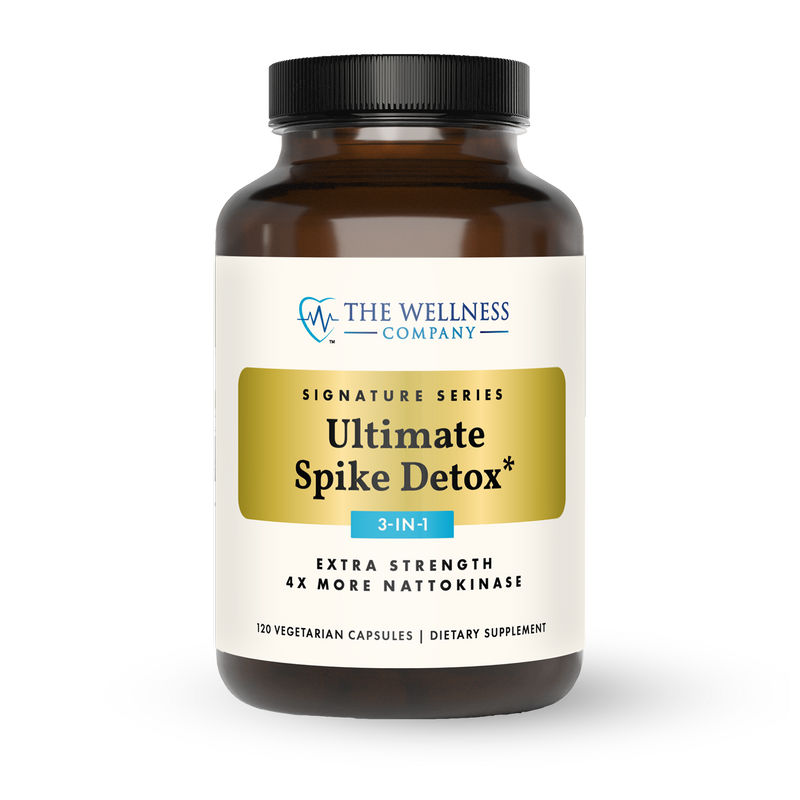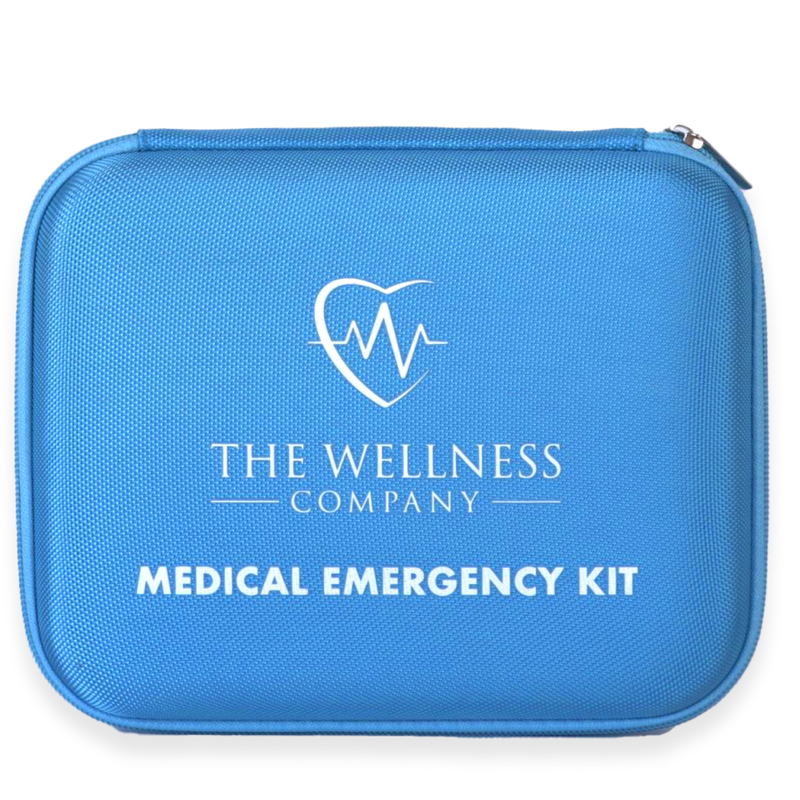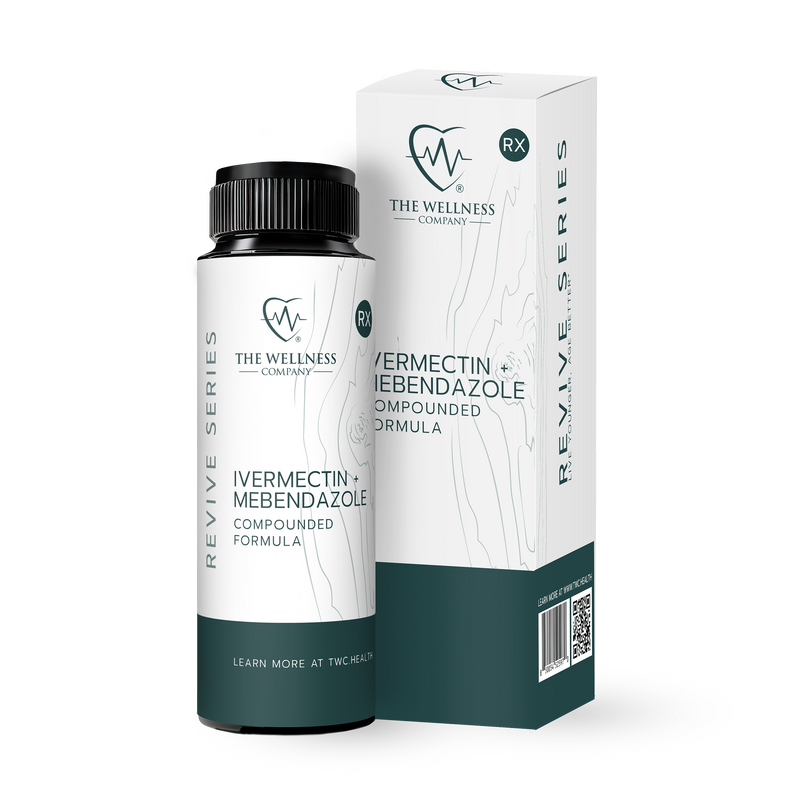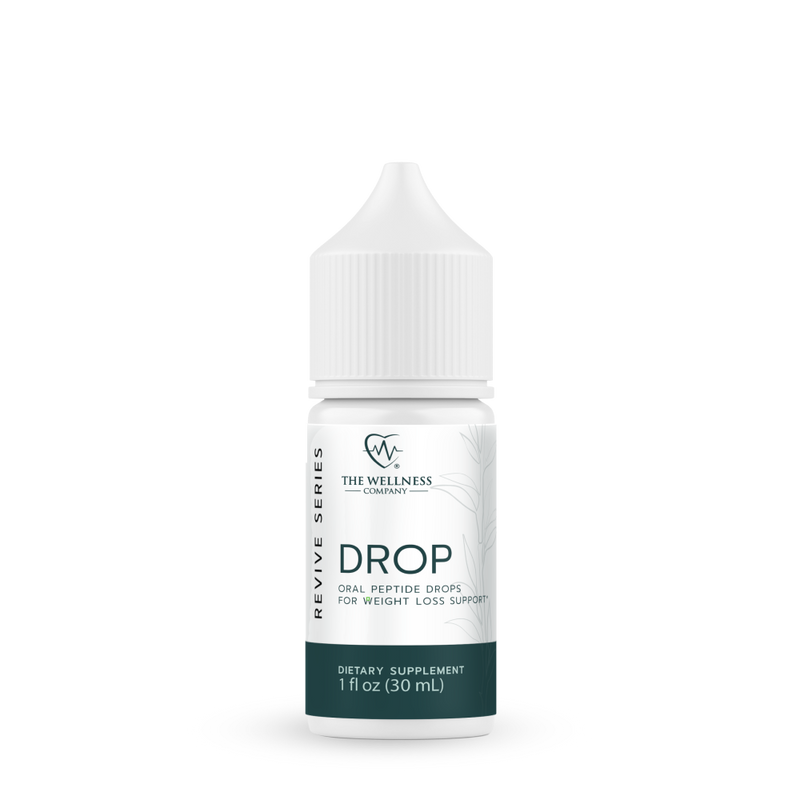Understanding Cholesterol and Statins: The Good and the Bad
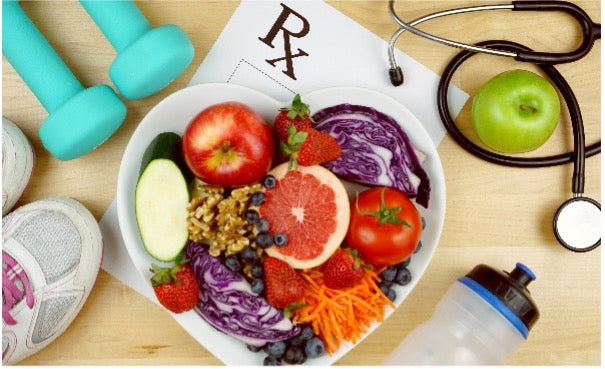
What is cholesterol?
Cholesterol serves several crucial functions in the body. It is a waxy, fat-like substance that's found in all the cells of your body. Despite its bad reputation, cholesterol is essential for many vital functions. Without it, we couldn’t live. However, too much of a good thing is always bad. Is cholesterol bad? If so, what type of cholesterol is linked to atherosclerosis, one of the leading causes of death in adults?
To begin with, let’s start with the types of cholesterol found in the body.

Types of cholesterol
HDL (High-Density Lipoprotein): Known as the "good" cholesterol, HDL helps remove cholesterol from the arteries and ferry it back to the liver for excretion or re-use. Essentially, HDL helps keep the cardiovascular system clean and functioning smoothly.
LDL (Low-Density Lipoprotein): Often dubbed the "bad" cholesterol, LDL is responsible for transporting cholesterol to the cells and facilitates the storage of cholesterol in the liver. When there's too much LDL, it can build up in the walls of the arteries, forming plaque that can restrict or block blood flow. However, this is only half true. LDL by itself isn’t the problem. The liver has receptors that the LDL binds to unless the LDL is damaged by oxidative stress. It’s the oxidative LDL that causes the plaque buildup.
VLDL (Verry Low Density Lipoprotein): is responsible for transporting triglycerides, another type of fat, from the liver to various tissues in the body. Like LDL, it is made in the liver, but it carries more triglycerides and less cholesterol.
Chylomicrons: transport dietary lipids absorbed from the intestines to other parts of the body for storage or energy use. They carry triglycerides, cholesterol, fat-soluble vitamins, and other lipids absorbed from food.
What is atherosclerosis?
Atherosclerosis, plaque buildup in artery walls, is a chronic inflammatory disease that is the leading cause of about 50% of all deaths in Westernized society. (1)
For the sake of understanding plaque accumulation, we will only be focusing on the LDL, even though other forms of cholesterol play a role.
How plaque builds up in artery walls
(There are many other chemical and enzymatic processes involved. This is an abbreviated version)
- Scavenger receptors are on macrophages. Macrophages are white blood cells and are part of an immune system response.
- Macrophages line organs but are especially abundant lining the artery walls.
- These scavenger receptors capture the damaged LDL, (oxLDL) and enter the lining of the epithelial cells lining the arteries, where they accumulate.
- This leads to an accumulation of plaque, made of macrophages and oxLDL, and other accumulated debris called foam cells, eventually blocking the artery. (2)
What Causes LDL Oxidation?
LDL oxidation is caused by an imbalance between the production of reactive oxygen species (ROS) and the body's ability to neutralize these reactive molecules. Several factors contribute to increased ROS production or decreased antioxidant protection:
Lifestyle Factors: Smoking, poor diet (high in processed and fatty foods), and lack of exercise can increase oxidative stress, leading to higher levels of oxidized LDL.
Environmental Factors: Exposure to pollutants and other environmental toxins can increase the levels of free radicals in the body.
Health Conditions: Diseases such as diabetes and hypertension are associated with increased oxidative stress.
Aging: Natural aging processes can decrease the body's antioxidant defenses, leading to increased susceptibility to LDL oxidation. (3)
What are statins, and how do they work?
Statins are one of the most prescribed drugs for managing cholesterol levels, particularly LDL.
Statins are a type of medication widely used to lower cholesterol levels in the blood. They are particularly effective at decreasing "bad" cholesterol, known as LDL (Low-Density Lipoprotein), which is linked to heart disease and strokes when levels are too high.
How Statins Work:
Statins function by blocking an enzyme that produces cholesterol and by increasing the amount of LDL receptors. leading to lower levels of LDL in the blood.
The Side Effects of Statins
Muscle Pain and Weakness
Statins may reduce the levels of coenzyme Q10 (CoQ10), a substance that helps produce energy in cells. The decrease in CoQ10 may contribute to muscle pain and weakness, which are among the most reported side effects of statins.
Increased Liver Enzymes
Statins work in the liver to inhibit cholesterol production. This action can stress the liver, leading to an increase in liver enzymes, which may indicate liver damage.
Increased Blood Sugar Levels
Statins may affect how the body processes glucose, which can lead to an increase in blood sugar levels and potentially the development of type 2 diabetes.
Neurological Side Effects
Some patients report memory loss or confusion while taking statins. These symptoms are usually reversible with discontinuation of the drug. (4)
Mitigating Statin Side Effects
To combat statin side effects and bolster heart health, consider:
- Coenzyme Q10 (CoQ10): Statins may lower CoQ10 levels, which is critical for energy production and muscle health. (Along with other heart-healthy ingredients, our Healthy Heart supplement contains CoQ10). (5)
- Omega-3 Fatty Acids: These can help reduce inflammation and potentially enhance HDL levels.
Soluble Fiber: Supplements like psyllium can help reduce LDL cholesterol.
Prevent atherosclerosis.
Prevention is always the best road to take when it comes to your health. (consult with your care provider for guidance)
- Healthy heart diet
These are foods high in fiber, antioxidants, and other nutrients that help prevent damage to arterial walls.
- Include Healthy Fats: Incorporating sources of omega-3 fatty acids, such as fish, nuts, and seeds, can help reduce inflammation and improve lipid profiles.
- Grass-fed and finished beef or bison, have a balanced omega 3 to 6 ratio and can be a healthy addition to your diet. Check out our freeze-dried, grass-fed fed, and finished Bison Organ capsules rich in energizing B vitamins, zinc, and other minerals for a clean protein source.
- Consider supplementing your diet with a proven supplement that enhances heart health such as our Healthy Heart supplement, which contains taurine, amino acids, and other ingredient that promote heart health.
- Regular Physical Activity
- Exercise helps improve blood circulation, lower blood pressure, and maintain a healthy weight. Aim for at least 150 minutes of moderate-intensity aerobic exercise or 75 minutes of vigorous-intensity exercise per week.
- Maintain a Healthy Weight
- Being overweight or obese increases the risk of high cholesterol, high blood pressure, and type 2 diabetes, all of which can contribute to atherosclerosis.
- Avoid Smoking and Limit Alcohol Consumption
- Smoking is a major risk factor for atherosclerosis. Quitting smoking can significantly reduce the risk of heart disease.
- Moderate alcohol consumption has been associated with some heart health benefits, but excessive drinking can raise blood pressure.
- Manage stress levels and get adequate sleep.
- Stress raises blood sugar levels and can contribute to the formation of plaque. Sleep is when our bodies have the opportunity to heal from the damaging effects of daily life in our modern society. (6)
Citations
- Pahwa R, Jialal I. Atherosclerosis. [Updated 2023 Aug 8]. In: StatPearls [Internet]. Treasure Island (FL): StatPearls Publishing; 2024 Jan-. Available from: https://www.ncbi.nlm.nih.gov/books/NBK507799/
- Susser LI, Rayner KJ. Through the layers: how macrophages drive atherosclerosis across the vessel wall. J Clin Invest. 2022 May 2;132(9):e157011. doi: 10.1172/JCI157011. PMID: 35499077; PMCID: PMC9057606.
- Steinberg D, Witztum JL. (2010). Oxidized low-density lipoprotein and atherosclerosis. Arteriosclerosis, Thrombosis, and Vascular Biology, 30(12), 2311-2316. doi:10.1161/ATVBAHA.108.179697.
- Paul D. Thompson, Gregory Panza, Amanda Zaleski, Beth Taylor,Statin-Associated Side Effects, Journal of the American College of Cardiology, Volume 67, Issue 20,2016,Pages 2395-2410,ISSN 0735-1097,https://doi.org/10.1016/j.jacc.2016.02.071.
- Chen W, Ochs-Balcom HM, Ma C, Isackson PJ, Vladutiu GD, Luzum JA. Coenzyme Q10 supplementation for the treatment of statin-associated muscle symptoms. Future Cardiol. 2022 Jun;18(6):461-470. doi: 10.2217/fca-2021-0106. Epub 2022 Mar 17. PMID: 35297269; PMCID: PMC9171566.
- Rafieian-Kopaei M, Setorki M, Doudi M, Baradaran A, Nasri H. Atherosclerosis: process, indicators, risk factors and new hopes. Int J Prev Med. 2014 Aug;5(8):927-46. PMID: 25489440; PMCID: PMC4258672.
Written by Brooke Lounsbury






